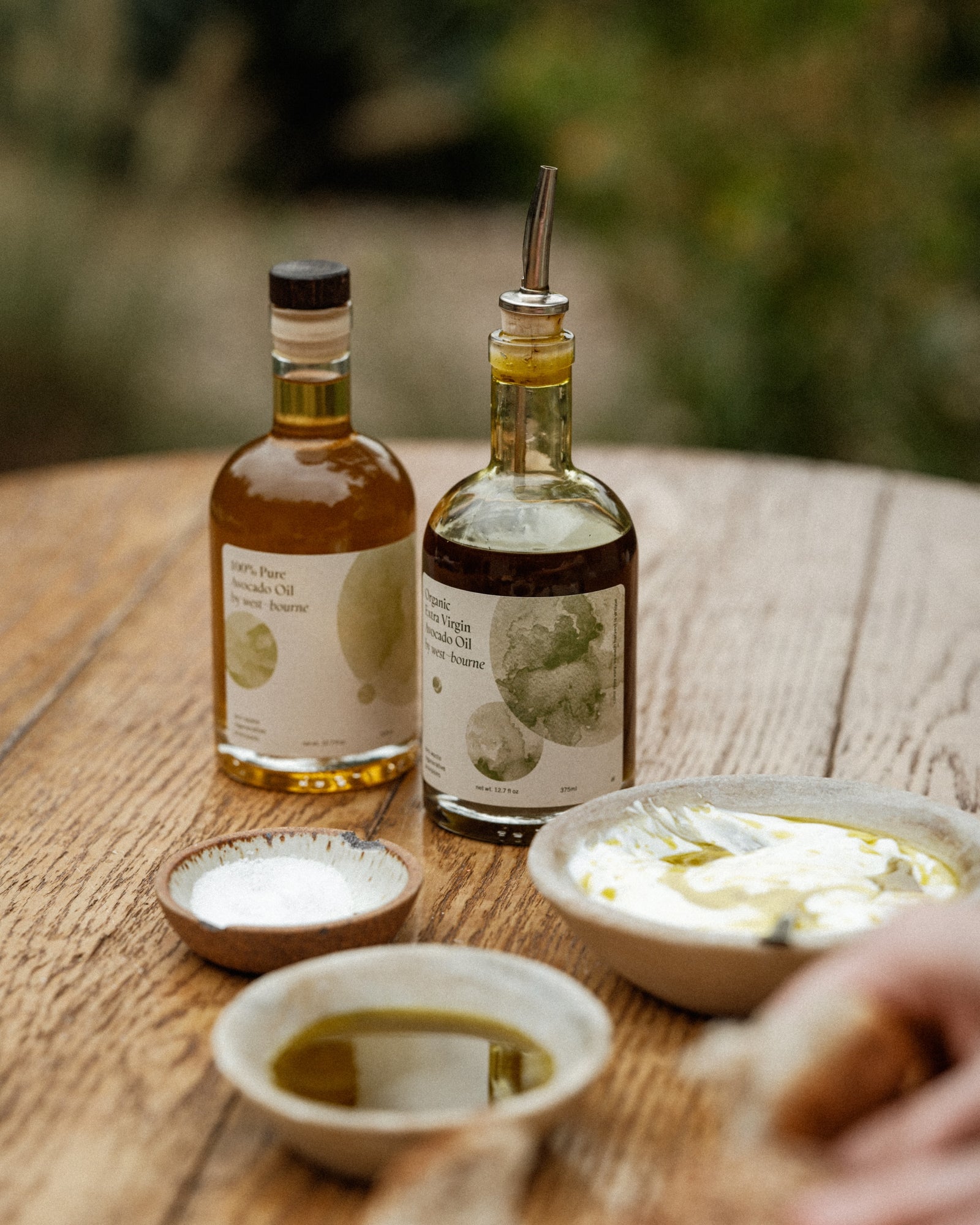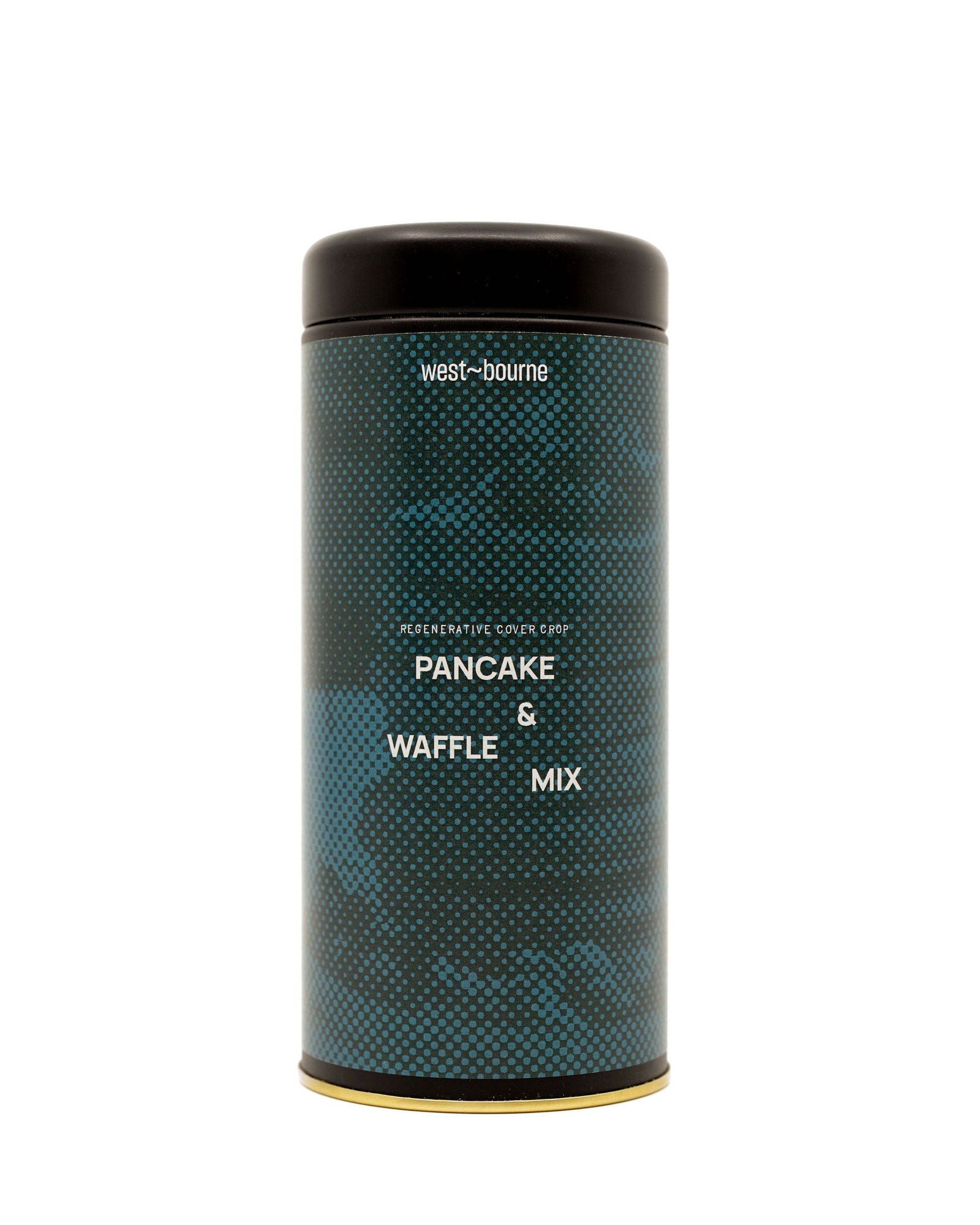Plant your own Regenerative Garden

Plants are the ultimate and cheapest way to suck excess carbon dioxide out of the air.
Almost all atmospheric carbon passes through plants during photosynthesis, the process that turns carbon, sunlight, and water into sugars and carbohydrates. Plant roots release some of the carbon-rich sugars to feed organisms in the soil. In exchange, the organisms make nutrients in the soil available to the plant.


Unlike organic agriculture, which follows a set of rules determined by the market, regenerative agriculture focuses on soil outcomes and ecological life. In essence, it emerges as a holistic farming philosophy that aims to heal and restore ecosystems by actively improving the health of the land, soil, and biodiversity.
Conventional farming does the opposite. Farming practices like tilling and excessive chemical use deplete the soil and release stored carbon back into the atmosphere, dramatically increasing greenhouse gas emissions. In 2011, farms emitted six billion tons of greenhouse gasses. that’s about 13 percent of all greenhouse emissions worldwide, according to the world resources institute.
By adopting regenerative practices, farms could remove carbon dioxide from the atmosphere at a rate of about one ton of carbon dioxide for every acre, according to data reviewed by soil expert eric toensmeier. A 2014 study from Rodale Institute concluded that we could sequester more than 100 percent of annual co2 emissions worldwide if we start growing food this way.
How you can help: Plant your own regenerative garden
If you have access to even a sliver of land you can do something right now to battle the most significant ecological threat we’ve ever faced.
Perennials are a great place to start. They’re easy to care for and stick around for years, making it easier for maintaining your own regenerative garden at home. here are a few of our favorites that you can also use in the kitchen.


Walking Onions
~“walk” across the garden thanks to tiny bulbs called “topsets” which root and grow into mature plants the following season.
~the entire plant can be eaten, from the shallot-like roots to the topsets and hollow leaves.
Thyme
~needs very little water or attention
~with over 200 varieties, finding one that will thrive in your climate is easy (but not all of them will be fragrant enough to cook with)
~pollinators love their flowers
Garlic
~winter hardy, low-maintenance, and takes up very little space in a garden
~only harvest the big plants, leaving the small ones to regrow the next year
~long shelf life once harvested
Currants
~thrive for up to 15 years and are easy to grow
~hardy and quick growing
~produces clusters of sour berries in shades of deep purple, ruby-red, and golden white
Blueberries
~packed with antioxidants and vitamins
~thrives in acidic soil
~grow as a sprawling ground cover (great for keeping moisture in the soil) or an upright bush (more convenient to harvest)
Tips for your own regenerative garden:
To condition the soil, spread a thick layer of compost everywhere, and then add a dressing of grass clippings and shredded dry leaves.
Plant deep-rooted perennials, like fruit trees and berry bushes, to give bacteria, fungi, worms, and other soil-nourishing organisms a place to gather and multiply.
Grow cover crops, like clover and winter rye, as a living mulch that anchors the soil and protects it from washing away or drying out.




































